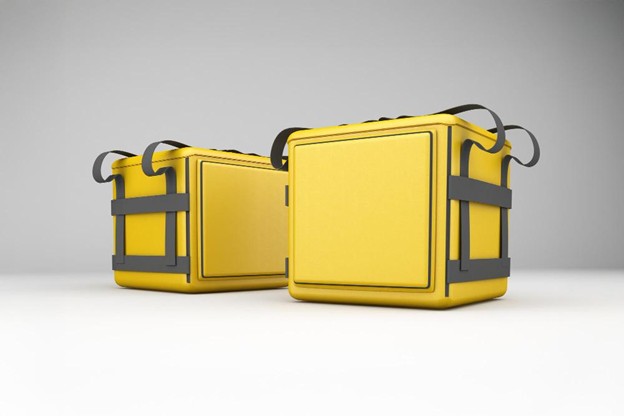Transporting food across long distances has always been a major challenge for businesses in the food and beverage sector. From ensuring freshness to maintaining safety standards, companies must overcome logistical and environmental hurdles to deliver quality products to customers. With globalization and the rise of online grocery and meal delivery services, the demand for reliable solutions has never been higher.
The Challenge of Long-Distance Food Transportation
Food items are highly perishable. Temperature fluctuations, improper packaging, and extended transit times can cause spoilage, leading to waste and financial loss. Businesses face the dual challenge of ensuring products remain safe for consumption while also meeting strict regulatory standards. Customers today expect their food—whether frozen, chilled, or fresh—to arrive in perfect condition, regardless of the distance it travels.
The Role of Insulated Containers
One of the most effective solutions for protecting food during transit is the use of professional insulated containers. These containers are designed to maintain consistent internal temperatures, even when external conditions are less than ideal. They provide:
SPONSOR AD
- Temperature control: Keeping frozen foods cold or fresh produce cool.
- Durability: Built to withstand handling and stacking during transport.
- Sustainability: Many insulated containers are reusable, reducing reliance on disposable packaging.
By adopting this technology, businesses can significantly reduce spoilage rates and improve overall efficiency in their supply chain.
Best Practices for Transporting Food Over Long Distances
Maintaining food safety during transit involves more than just packaging. It requires a complete logistical strategy that includes temperature monitoring, efficient routing, and real-time tracking. Companies must also comply with strict food safety regulations to avoid fines and recalls.
For a deeper understanding of these strategies, businesses can explore resources that explain how to transport food over long distances effectively. Such insights help companies adopt industry best practices, minimize risk, and ensure customer satisfaction.
Technology and Innovation in Food Logistics
Beyond insulated containers, other innovations are reshaping food transport:
- IoT-based monitoring: Real-time sensors track temperature and humidity levels.
- Data analytics: Predictive models optimize routes to reduce delays.
- Green logistics: Companies are adopting eco-friendly vehicles and reusable packaging to cut carbon emissions.
These advancements not only help maintain product quality but also align with growing consumer demand for sustainability.
Why Getting It Right Matters
Failure in food logistics can lead to significant consequences—from lost revenue and wasted inventory to reputational damage. On the other hand, businesses that invest in reliable solutions build customer trust and open opportunities for growth. In a competitive market, ensuring freshness and safety is more than a requirement—it’s a differentiator.
Conclusion
Keeping food fresh and safe during long-distance transportation requires a combination of advanced technology, smart planning, and high-quality packaging solutions. By using professional insulated containers and following proven strategies to transport food over long distances, businesses can meet customer expectations while reducing waste and operating more sustainably.







